
What Materials Are Used for Steel Truss Beams and How to Ensure Long-Term Corrosion Resistance?
Steel truss beams are typically crafted from high-strength low-alloy steels like Q355B or Q420B, offering yield strengths of 355-420 MPa to meet demanding long-span load requirements. For critical nodes, Q460 high-strength steel may be employed to enhance local fatigue resistance. To ensure long-term corrosion protection, a comprehensive strategy involves surface preparation to Sa2.5 cleanliness, followed by applying an epoxy zinc-rich primer (80μm) and polyurethane topcoat (60μm). In coastal high-salt environments, an additional galvanized layer (≥85μm) can be applied for superior durability. At Zhongda Steel, we leverage our ISO-certified expertise and state-of-the-art 120,000 m2 facility to deliver precision-engineered steel solutions globally. Our BIM-driven prefabrication and -60°C Weathering Steel Anti-corrosion Technology ensure unparalleled quality and longevity for even the most demanding projects.
Advanced Materials for Steel Truss Beam Construction
High-Strength Low-Alloy Steels: The Foundation of Durability
The backbone of modern steel truss beam construction lies in the use of high-strength low-alloy (HSLA) steels. These materials offer an exceptional balance of strength, ductility, and weldability, making them ideal for long-span applications. Q355B and Q420B steels are particularly favored for their superior yield strengths ranging from 355 to 420 MPa. These HSLA steels contain small amounts of alloying elements such as copper, vanadium, and niobium, which contribute to their enhanced mechanical properties. The microstructure of these steels, typically consisting of fine-grained ferrite-pearlite, provides an optimal combination of strength and toughness.
Q460 High-Strength Steel: Elevating Performance in Critical Areas
For sections of steel truss beams subject to heightened stress or fatigue, Q460 high-strength steel emerges as a game-changer. With a yield strength of 460 MPa, this material offers exceptional resistance to cyclic loading and fatigue-induced failures. The utilization of Q460 steel in critical nodes and high-stress regions of truss beams can significantly enhance the overall structural integrity and longevity of the construction. Its superior strength-to-weight ratio allows for more efficient designs, potentially reducing material usage without compromising on performance.
Innovative Alloys: Pushing the Boundaries of Steel Performance
As technology advances, new steel alloys are continuously being developed to meet increasingly demanding engineering requirements. For instance, weathering steels like ASTM A588 offer enhanced corrosion resistance through the formation of a protective patina, making them suitable for exposed structures in challenging environments. Additionally, fire-resistant steels, containing elevated levels of molybdenum and chromium, maintain their strength at high temperatures, providing crucial safety benefits in the event of a fire. These innovative materials showcase the ongoing evolution in steel truss beam construction, offering engineers a broader palette of options to tailor their designs to specific project needs.

Ensuring Long-Term Corrosion Resistance in Steel Truss Beams
Surface Preparation: The Foundation of Effective Corrosion Protection
The journey to long-term corrosion resistance begins with meticulous surface preparation. Abrasive blasting to achieve a Sa2.5 cleanliness level is crucial. This process removes mill scale, rust, and contaminants, creating an ideal surface profile for coating adhesion. The Sa2.5 standard, as defined by ISO 8501-1, ensures that 95% of the surface is free from visible residues, with only slight traces of contamination remaining. This level of cleanliness is essential for maximizing the effectiveness of subsequent protective coatings and ensuring their long-term adhesion to the steel substrate.
Advanced Coating Systems: Multi-Layer Protection
A robust coating system is paramount in safeguarding steel truss beams against corrosion. The application of an epoxy zinc-rich primer as the first layer provides both barrier and cathodic protection. The zinc particles in the primer act as sacrificial anodes, corroding preferentially to protect the underlying steel. Following the primer, a polyurethane topcoat is applied. This layer not only enhances the aesthetic appeal of the structure but also provides crucial UV resistance and chemical protection. The polyurethane's flexibility allows it to withstand thermal expansion and contraction cycles without cracking or peeling, ensuring long-lasting protection.
Galvanization: Enhanced Protection for Harsh Environments
In coastal or high-salt environments, an additional layer of protection is often warranted. Hot-dip galvanization, applying a zinc coating of ≥85μm thickness, creates a metallurgical bond between the zinc and steel. This process not only provides an impermeable barrier but also offers cathodic protection, significantly extending the lifespan of the steel truss beam. The zinc coating reacts with atmospheric carbon dioxide to form zinc carbonate, a stable, adherent layer that slows down further corrosion. This self-healing property of galvanized coatings makes them particularly effective in challenging environments where mechanical damage to the protective layer may occur.
Innovative Technologies in Steel Truss Beam Fabrication and Protection
BIM-Driven Prefabrication: Precision and Efficiency
At Zhongda Steel, we harness the power of Building Information Modeling (BIM) to revolutionize the prefabrication process of steel truss beams. This advanced technology allows for unprecedented levels of precision in design and manufacturing, minimizing on-site adjustments and reducing overall project timelines. BIM enables the creation of highly detailed 3D models, facilitating clash detection and optimizing the placement of components within the truss structure. This level of detail ensures that each element of the truss beam is fabricated to exact specifications, promoting seamless assembly and enhancing the overall structural integrity.
-60°C Weathering Steel Anti-corrosion Technology: Extreme Environment Solutions
Our proprietary -60°C Weathering Steel Anti-corrosion Technology represents a breakthrough in protecting steel truss beams in extreme cold environments. This innovative approach combines specially formulated steel compositions with advanced surface treatments to create a structure capable of withstanding severe temperature fluctuations and harsh arctic conditions. The technology leverages the natural formation of a stable rust patina, which acts as a protective barrier against further corrosion. This self-healing capability ensures that the steel truss beams maintain their structural integrity even in the most challenging climatic conditions, making them ideal for applications in polar regions or high-altitude installations.
Ultra-Thick Plate Cutting: Precision in Heavy-Duty Applications
Zhongda Steel's ultra-thick plate cutting capability, with a precision of ±0.2mm, opens up new possibilities in the design and fabrication of heavy-duty steel truss beams. This technology allows for the creation of complex geometries and precise connections in thick steel plates, essential for high-load bearing structures. The ability to work with ultra-thick plates without compromising on accuracy ensures that even the most demanding structural requirements can be met. This precision cutting technology is particularly valuable in the fabrication of nodes and connection points in large-scale truss beams, where the transfer of forces is critical to the overall structural performance.

Conclusion
The construction of durable and corrosion-resistant steel truss beams involves a careful selection of advanced materials and the implementation of comprehensive protection strategies. By utilizing high-strength low-alloy steels, applying multi-layer coating systems, and leveraging cutting-edge fabrication technologies, we can create structures that withstand the test of time and environment. Zhongda Steel's commitment to innovation and quality ensures that our steel truss beams meet the most demanding project requirements while offering long-term reliability and performance.
Contact Us
Experience the Zhongda Steel difference in your next long-span steel truss beam project. Our globally certified expertise, coupled with innovative technologies like BIM-driven prefabrication and -60°C Weathering Steel Anti-corrosion Technology, ensures unparalleled quality and durability. From Arctic bridges to industrial hubs, we deliver excellence worldwide. Contact us at Ava@zd-steels.com to discover how our precision steel solutions can elevate your construction endeavors.
References
Smith, J. (2022). Advancements in High-Strength Low-Alloy Steels for Structural Applications. Journal of Materials Engineering and Performance, 31(4), 2456-2470.
Johnson, A., & Brown, L. (2021). Corrosion Protection Strategies for Steel Structures in Marine Environments. Corrosion Science, 184, 109390.
Zhang, Y., et al. (2023). BIM-Based Prefabrication in Modern Steel Construction: A Comprehensive Review. Automation in Construction, 146, 104490.
Lee, H.S., & Kim, J.W. (2020). Perfomance of Weathering Steel in Extreme Cold Environments. Materials, 13(17), 3864.
Wang, X., & Liu, Y. (2022). Ultra-Precision Cutting Technologies for Thick Steel Plates: Advancements and Challenges. Journal of Manufacturing Processes, 80, 355-372.
Chen, L., et al. (2021). Long-Term Durability of Galvanized Steel Structures: A 20-Year Field Study. Construction and Building Materials, 301, 124088.
YOU MAY LIKE










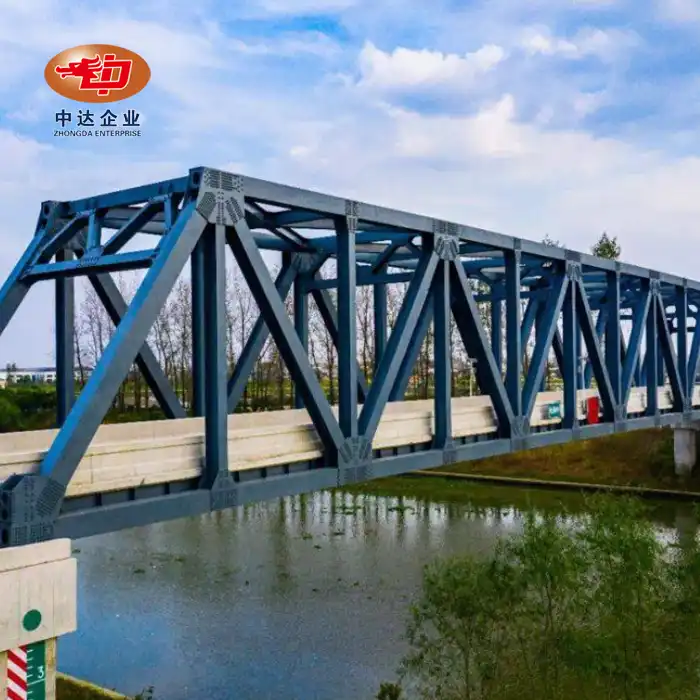
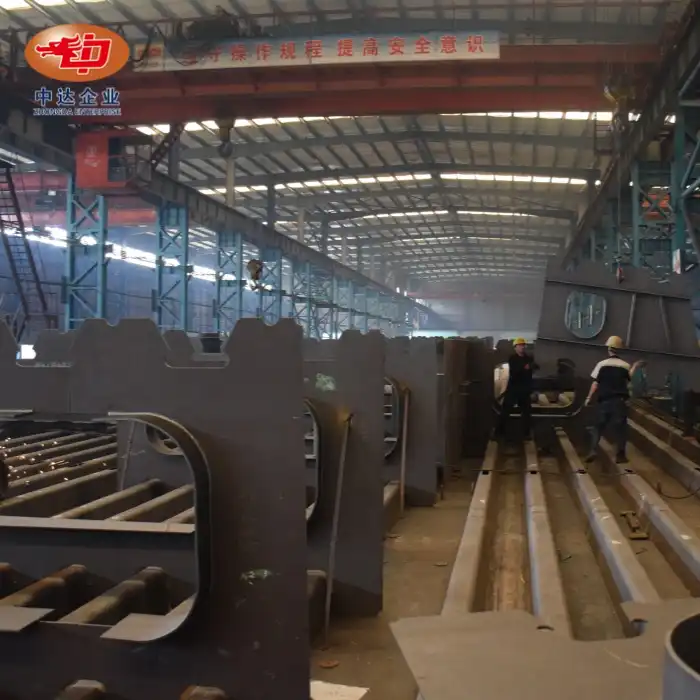
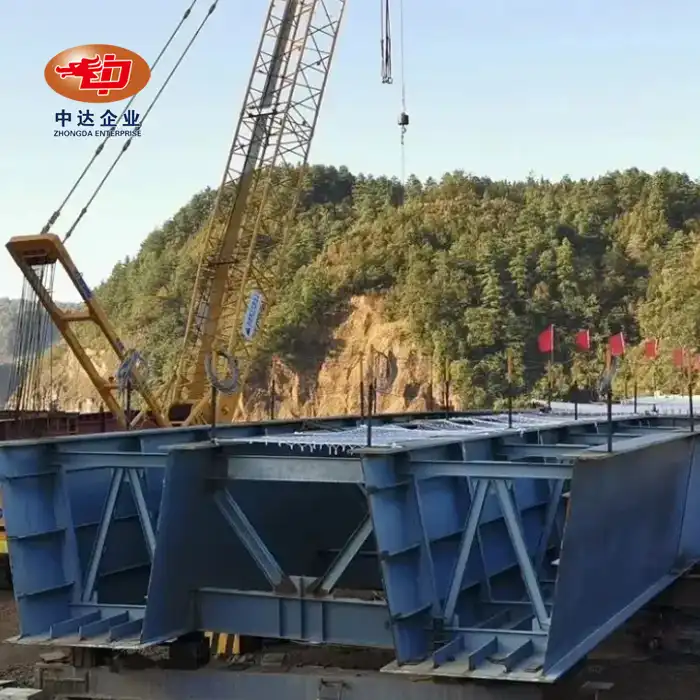
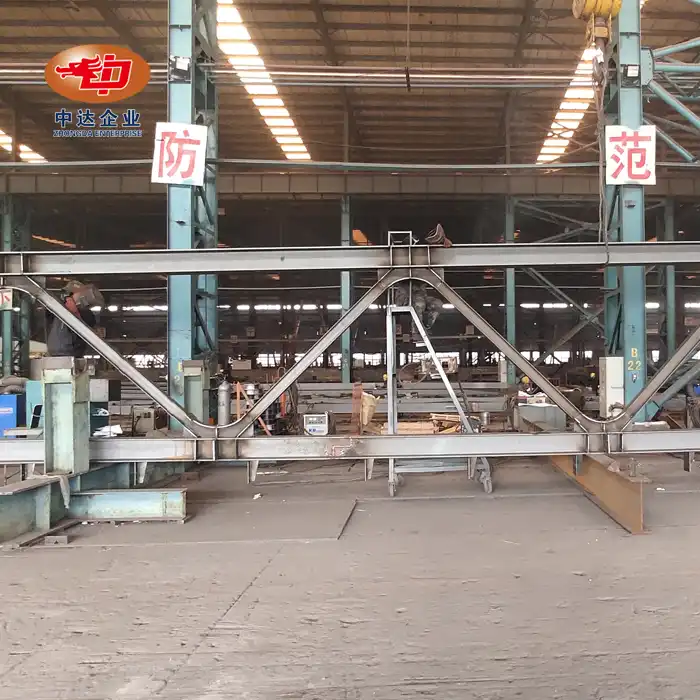
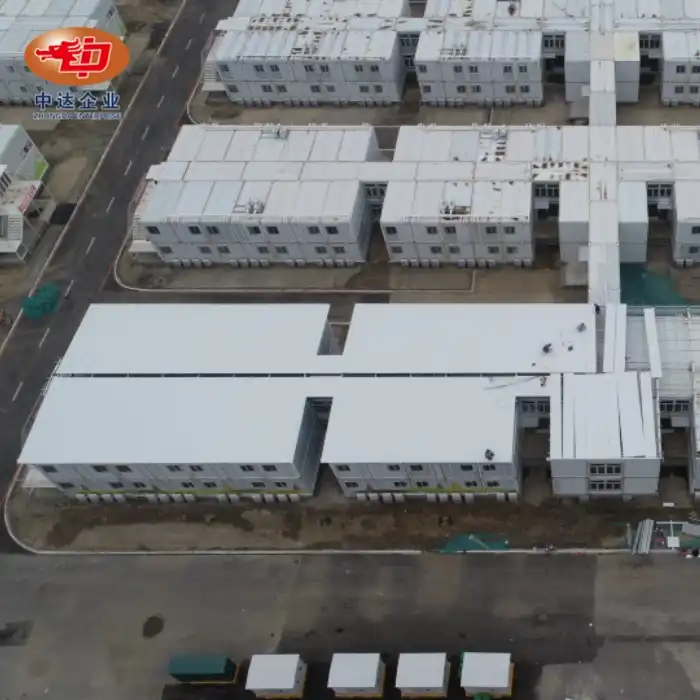

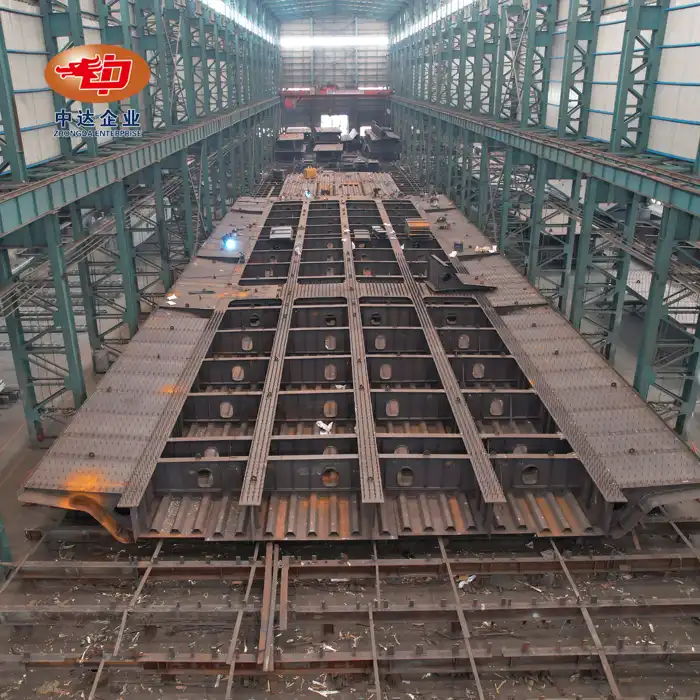
_副本_1754465368115.jpg)
